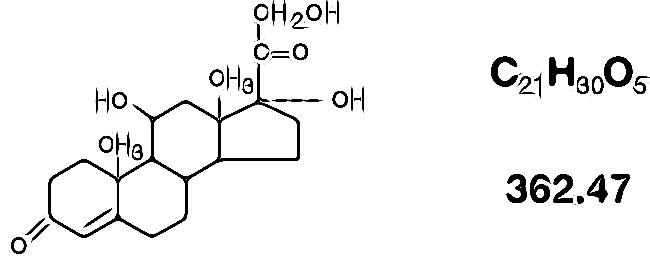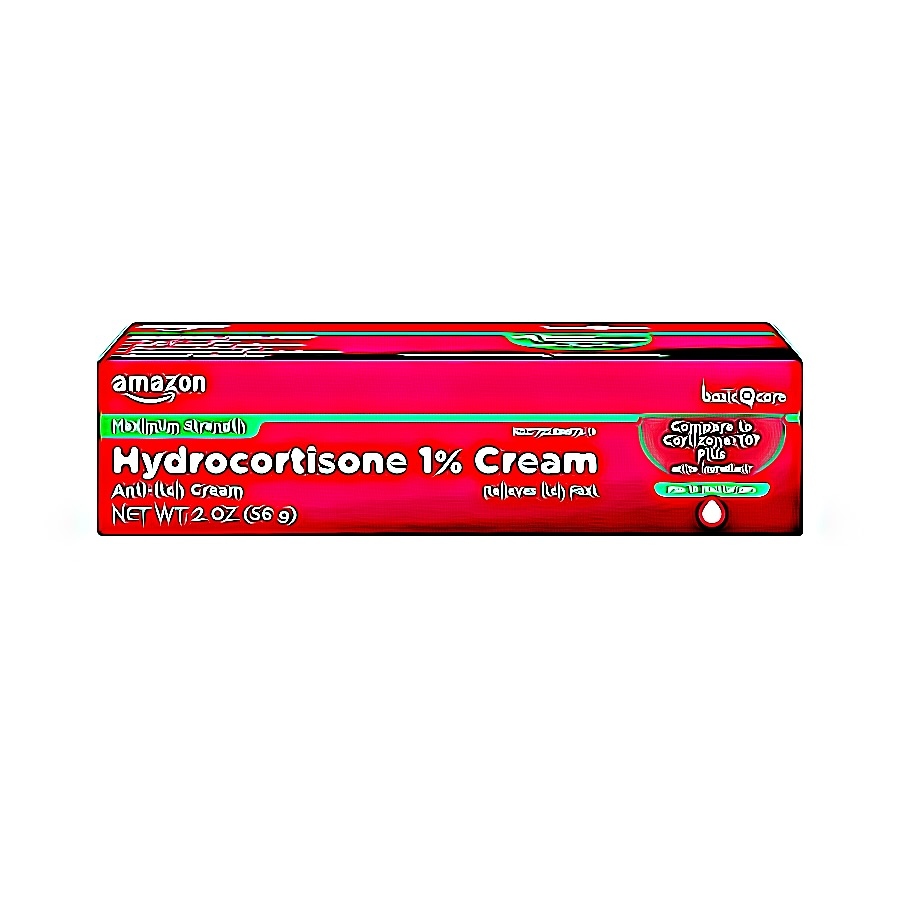Sunburn is a prevalent concern, particularly during the summer months when UV radiation is at its peak. With individuals spending more time outdoors, the risk of sunburn increases. However, a common over-the-counter remedy that many people turn to for relief is hydrocortisone cream. In this in-depth look, we’ll explore the science behind hydrocortisone’s efficacy on sunburn, the benefits it offers, and its safety considerations.
Understanding Sunburn
Sunburn occurs when the skin gets damaged by ultraviolet (UV) rays from the sun. The skin turns red, becomes painful, and may even blister. On a cellular level, UV radiation damages the DNA in skin cells, leading to inflammation and increased blood flow, which causes the skin to turn red.
According to the Centers for Disease Control and Prevention (CDC), in the United States, more than one-third of adults get sunburned each year. This not only causes immediate pain and discomfort but also increases the risk of skin cancer in the long run.
What is Hydrocortisone?
Hydrocortisone is a corticosteroid, which means it belongs to a class of drugs that reduce inflammation. It’s commonly used to treat a variety of skin conditions like eczema, insect bites, and of course, sunburn. The primary mechanism of hydrocortisone is its ability to suppress the body’s immune response, thereby reducing inflammation and the associated symptoms.
Hydrocortisone’s Role in Treating Sunburn
When applied to sunburned skin, hydrocortisone provides several benefits:
- Reduction in Redness and Swelling: Hydrocortisone reduces the inflammation caused by sunburn, leading to decreased redness and swelling. This can provide significant relief, especially during the first 48 hours post-sunburn.
- Pain and Itch Relief: Sunburned skin often becomes itchy as it starts to heal. Hydrocortisone, with its anti-inflammatory properties, can help alleviate this itchiness, providing comfort.
- Speeding up the Healing Process: By reducing inflammation, hydrocortisone may also accelerate the healing of sunburned skin. However, it’s essential to note that while hydrocortisone can alleviate symptoms, it doesn’t reverse the DNA damage caused by UV radiation.
Safety Considerations
While hydrocortisone offers several benefits for sunburn relief, there are a few safety considerations to keep in mind:
- Concentration Matters: Over-the-counter hydrocortisone creams usually contain a 0.5% to 1% concentration, which is generally safe for short-term use. However, prolonged use or using a higher concentration without a prescription can lead to side effects.
- Avoid Broken or Blistered Skin: Do not apply hydrocortisone on open wounds or blistered skin, as it may aggravate the situation or lead to infections.
- Possible Side Effects: Prolonged use, even at low concentrations, can lead to thinning of the skin, increased hair growth at the application site, or skin discoloration.
For individuals suffering from sunburn, hydrocortisone can be a valuable remedy in the healing toolkit. Its anti-inflammatory properties offer relief from many of sunburn’s painful and discomforting symptoms. However, as with all treatments, it’s essential to use it judiciously and be aware of potential side effects.
Remember, while over-the-counter treatments like hydrocortisone can offer relief, the best strategy is always sunburn prevention. Use sunscreen, wear protective clothing, and limit direct sun exposure during peak UV times. Your skin will thank you.
Sunburn is a prevalent concern, particularly during the summer months when UV radiation is at its peak. With individuals spending more time outdoors, the risk of sunburn increases. However, a common over-the-counter remedy that many people turn to for relief is hydrocortisone cream. In this in-depth look, we’ll explore the science behind hydrocortisone’s efficacy on sunburn, the benefits it offers, and its safety considerations.
Understanding Sunburn
Sunburn occurs when the skin gets damaged by ultraviolet (UV) rays from the sun. The skin turns red, becomes painful, and may even blister. On a cellular level, UV radiation damages the DNA in skin cells, leading to inflammation and increased blood flow, which causes the skin to turn red.
According to the Centers for Disease Control and Prevention (CDC), in the United States, more than one-third of adults get sunburned each year. This not only causes immediate pain and discomfort but also increases the risk of skin cancer in the long run.

What is Hydrocortisone?
Hydrocortisone is a corticosteroid, which means it belongs to a class of drugs that reduce inflammation. It’s commonly used to treat a variety of skin conditions like eczema, insect bites, and of course, sunburn. The primary mechanism of hydrocortisone is its ability to suppress the body’s immune response, thereby reducing inflammation and the associated symptoms.
Hydrocortisone’s Role in Treating Sunburn
When applied to sunburned skin, hydrocortisone provides several benefits:
- Reduction in Redness and Swelling: Hydrocortisone reduces the inflammation caused by sunburn, leading to decreased redness and swelling. This can provide significant relief, especially during the first 48 hours post-sunburn.
- Pain and Itch Relief: Sunburned skin often becomes itchy as it starts to heal. Hydrocortisone, with its anti-inflammatory properties, can help alleviate this itchiness, providing comfort.
- Speeding up the Healing Process: By reducing inflammation, hydrocortisone may also accelerate the healing of sunburned skin. However, it’s essential to note that while hydrocortisone can alleviate symptoms, it doesn’t reverse the DNA damage caused by UV radiation.
Safety Considerations
While hydrocortisone offers several benefits for sunburn relief, there are a few safety considerations to keep in mind:
- Concentration Matters: Over-the-counter hydrocortisone creams usually contain a 0.5% to 1% concentration, which is generally safe for short-term use. However, prolonged use or using a higher concentration without a prescription can lead to side effects.
- Avoid Broken or Blistered Skin: Do not apply hydrocortisone on open wounds or blistered skin, as it may aggravate the situation or lead to infections.
- Possible Side Effects: Prolonged use, even at low concentrations, can lead to thinning of the skin, increased hair growth at the application site, or skin discoloration.
Conclusion
For individuals suffering from sunburn, hydrocortisone can be a valuable remedy in the healing toolkit. Its anti-inflammatory properties offer relief from many of sunburn’s painful and discomforting symptoms. However, as with all treatments, it’s essential to use it judiciously and be aware of potential side effects.
Remember, while over-the-counter treatments like hydrocortisone can offer relief, the best strategy is always sunburn prevention. Use sunscreen, wear protective clothing, and limit direct sun exposure during peak UV times. Your skin will thank you.

